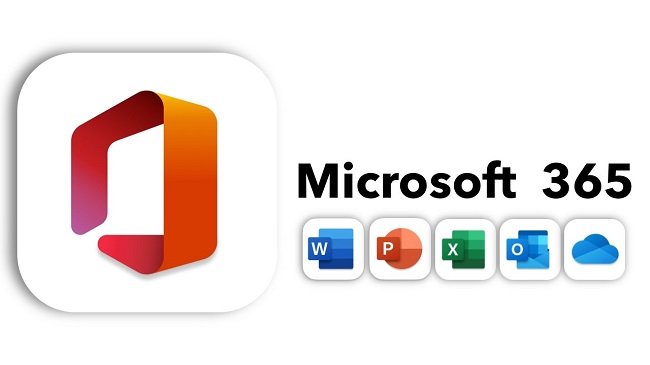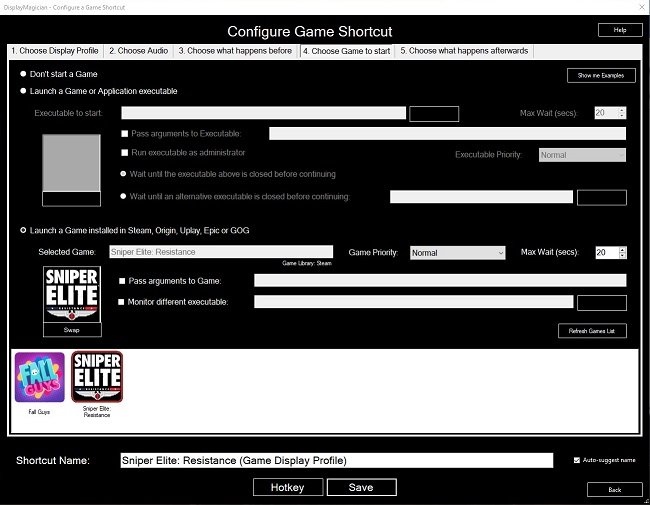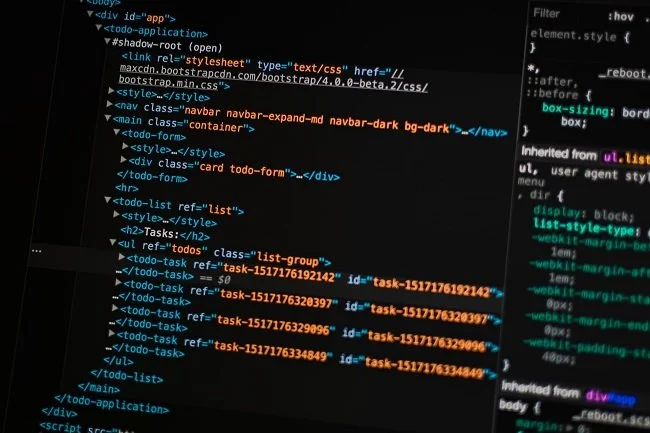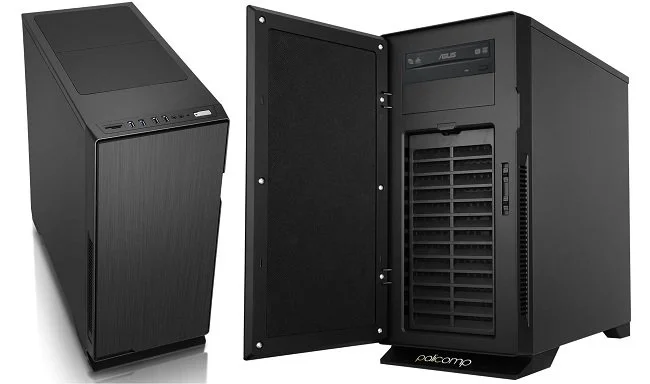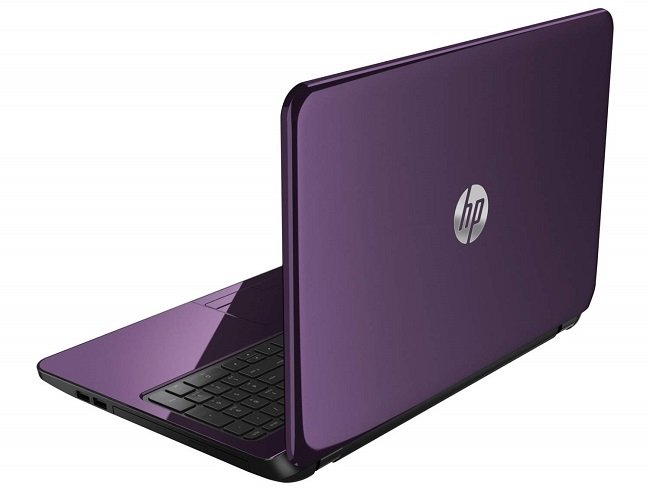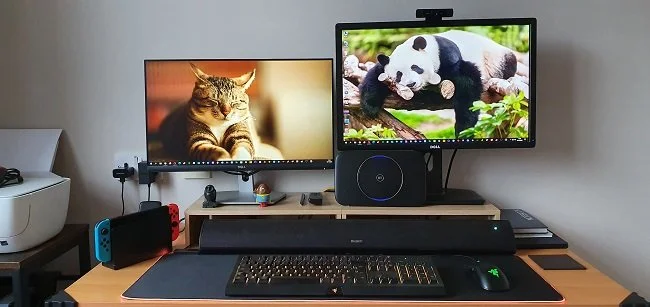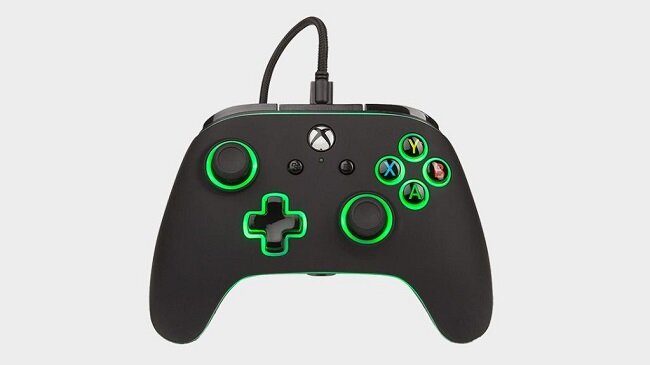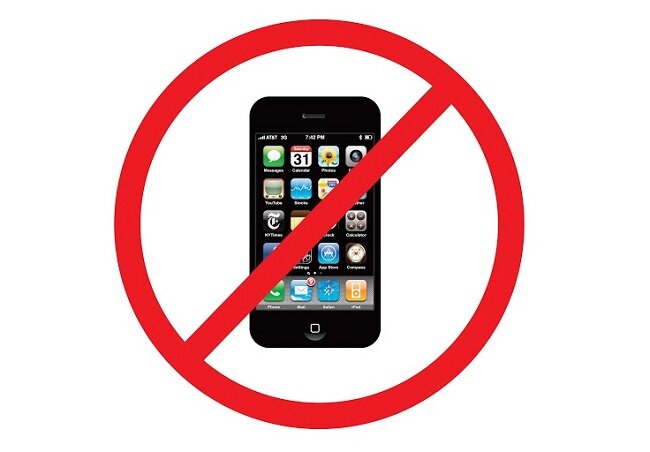Laptops Have Changed
I am spending more and more time at my Mother’s house due to my caring duties. Hence I recently determined that I need a laptop so I can continue to write during some of the slacker moments. For a while I’ve been using my sister’s but to put it succinctly it’s an obsolete piece of shit that runs slower than a rusty abacus. So I decided to buy a Chromebook as they offer a means to do what I need to do but on a fiscally prudent budget. However, due to a complicated administrative error that I can’t be bothered to go into here, I have ended up with a more traditional laptop running Windows 10. Mercifully this has not cost me anymore than I initially planned to spend, so ultimately I have come out ahead in this situation. Hence, I now own a Dell Inspiron 15 3000. It has a 15.6” Full HD display, an AMD Ryzen 5 3500U processor, Radeon Vega 8 graphics, 8 GB RAM and a 256 GB SSD. Not a bad spec, considering I was originally intending to get a Chromebook.
I haven’t owned a laptop for about 15 years. Man, how things have changed. My new laptop is a fairly thin and surprisingly quiet device. It is also relatively light. I can remember a time when manufacturers would sometimes attempt to cram a full size, top-of-the-range processor into a huge and ungainly chassis in their pursuit of performance. It would seem that physical media drives are now consigned to the history books, as this laptop is conspicuously lacking any peripherals of this nature. The damn thing also spoke to me when I booted it up for the first time, with Cortana kicking in and making some soothing comment about taking care of configuring things. And then there’s the ubiquity of the internet. It is assumed that this shiny new laptop will be immediately connected to a high speed, wireless internet connection so that the operating system can update itself and I can then have swathes of meaningless bullshit pumped to my desktop.
Therefore, the streamlined modern laptop with its lack of peripherals (beyond an external mouse) is a lightweight affair. I found my Father’s old laptop bag and have started using it. The modest sized AC adapter doesn’t add too much to the overall weight and so carrying the laptop between houses is hardly a chore. In the past I have purchased outsized rucksacks and struggled under the excessive load of my laptop like a Bolivian pack mule. I suppose this improvement in portability is another marketing point, although I don’t feel disposed towards taking my laptop with me everywhere and “working on the fly”. For me a busy McDonalds is hardly a conducive environment for writing but each to their own. Certainly the 1080p display is convenient for watching either YouTube or my own collection of film and TV content. Apparently this laptop also has Bluetooth, so it is easy to connect earbuds. Again functionality such as this or a webcam used to be considered as additional, whereas now it is just standard.
I suppose the biggest change underpinning laptops is their perceived function and more to the point, how they go about providing that. In the past (and by this I mean in my experience between 2000 and 2010) the laptop was a means to provide all the functions of your desktop PC and office network but at home or on the move. Hence there were numerous peripherals that would go hand in hand with a top of the range laptop. Nowadays, the laptop is more of a conduit that assumes by default the presence of the internet, so that the device can connect to the cloud resources we all rely upon these days. Gone are the requirements of local installations of important software, as we now use web based apps. Such an approach certainly takes a load off the laptop per se but it also means that the user is dependent on the internet and any loss of service greatly impacts upon productivity. As the title of this post states, laptops have changed.


